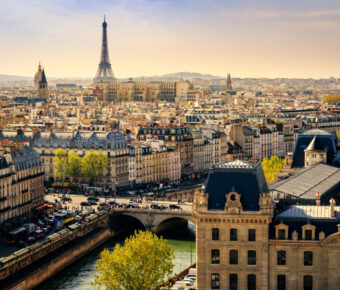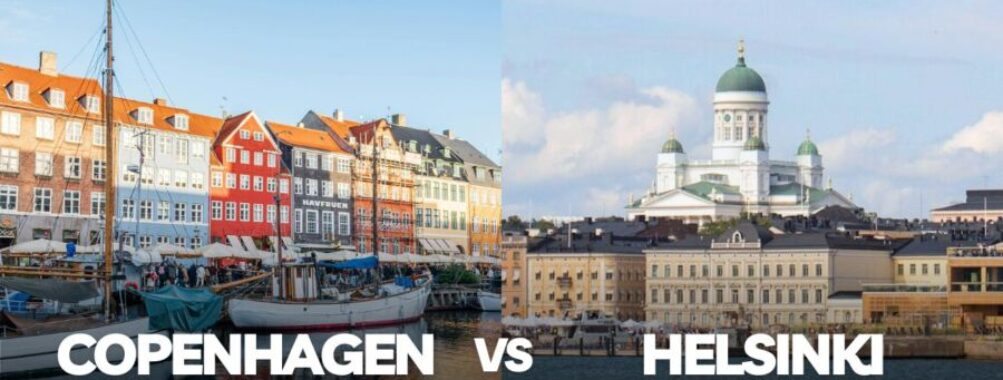
Copenhagen vs Helsinki: Which Nordic Capital Offers Better Value in 2025
Copenhagen and Helsinki represent two distinct flavors of Nordic charm in Northern Europe. These capital cities each offer unique experiences that showcase the best of Denmark and Finland. While Copenhagen draws visitors with its historic architecture and vibrant urban culture, Helsinki captivates its stunning sea views and blend of nature with modern design.
Copenhagen needs 2-5 days to explore fully, while Helsinki can be experienced well in 2-4 days. Both cities excel at different things – Copenhagen shines with its family-friendly attractions and historical sights, while Helsinki stands out for its proximity to nature and national parks. The Danish capital brings lively urban energy, and the Finnish capital offers a perfect mix of city life and outdoor adventure.
These Nordic gems sit at the crossroads of tradition and innovation. Copenhagen’s famous bike culture and food scene contrast Helsinki’s famous design district and island-hopping opportunities. Their differences make them both worth visiting for entirely different reasons.
Contents
- Historical Context and Heritage
- Origins and Evolution of Copenhagen
- Helsinki’s Architectural Journey
- Christiansborg Palace and Helsinki’s Unesco Sites
- Cultural Vibrancy and Artistic Landscape
- Art and Museums in Copenhagen
- Helsinki’s Contribution to Art and Culture
- Public Exhibits and Street Art
- Urban Exploration and Attractions
- Sightseeing in Copenhagen: Beyond the Little Mermaid
- Helsinki’s Hidden Gems and Scenic Spots
- Family-Friendly Facilities and Attractions
- Lifestyle and Leisure Activities
- Shopping and Retail Therapy in Stroget
- Local Activities and Copenhagen’s Bike-Friendly Paths
- Engaging the Outdoors: Parks and Nature in Helsinki
- Culinary Experiences and Gastronomy
- Tasting Copenhagen’s Culinary Delights
- The Gastronomic Scene of Helsinki
- Local Food Markets and Street Food
- Nightlife and Social Scene
- Exploring Nightlife in Nordic Capitals
- Copenhagen’s Vibrant Evening Options
- Helsinki’s Lively Night Scene
- Sustainable Travel and Eco-Friendly Practices
- Copenhagen’s Green Initiatives
- Helsinki’s Approach to Sustainability
- Transportation Systems and Accessibility
- Efficient Public Transportation in Helsinki
- Cycling and Walking Routes in Copenhagen
- Cost of Living and Economic Considerations
- Comparing Living Expenses: Copenhagen vs Helsinki
- Budget for Travelers: Daily Costs in Northern Capitals
- Frequently Asked Questions
- What are the key differences in the cost of living between Copenhagen and Helsinki?
- How do the cultural experiences differ between Copenhagen and Helsinki for travelers?
- What should I expect in terms of nightlife when comparing Copenhagen to Helsinki?
- Which city is more tourist-friendly, Copenhagen or Helsinki, based on ease of navigation and language barriers?
- In terms of size and population, how does Copenhagen compare to Helsinki?
- How do Copenhagen and Helsinki match up in terms of public transport efficiency and coverage?
- More Travel Guides
Historical Context and Heritage
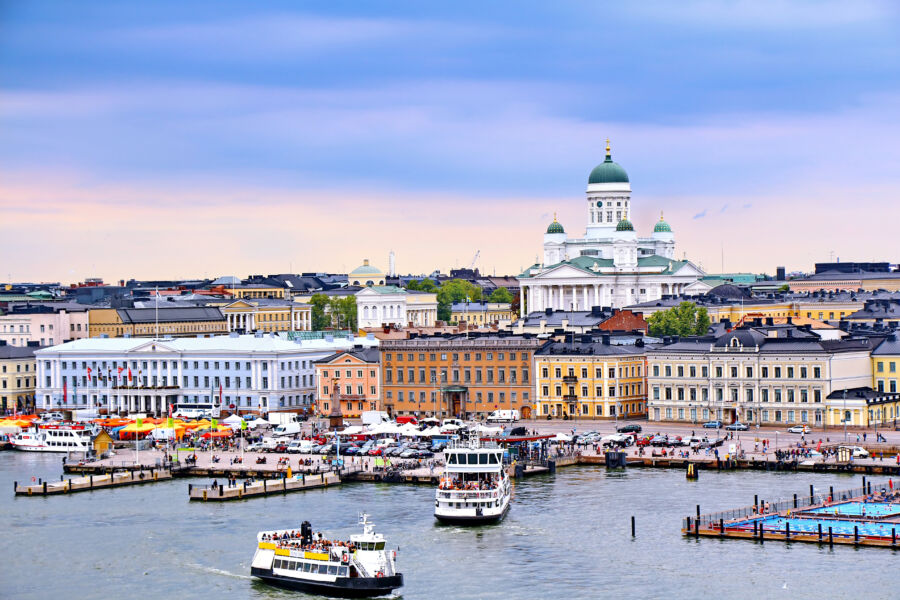
Both Copenhagen and Helsinki tell distinct stories through their historic buildings and cultural landmarks. Each city showcases its unique path from medieval roots to modern metropolis. The architectural legacy of these Nordic capitals reflects their rich cultural heritage and royal connections.
Origins and Evolution of Copenhagen

Copenhagen started as a Viking fishing village in the 12th century and became Denmark’s capital by 1443. The city’s medieval heart lies in its narrow streets and colorful buildings along Nyhavn harbor, dating back to the 17th century.
The historic district features buildings from different periods, mixing Gothic churches with Renaissance mansions. Many original structures survived major fires in the 1700s and wartime bombings.
The Indre By (Inner City) preserves Copenhagen’s medieval street layout. Landmarks like the Round Tower, built in 1642, still testify to the city’s scientific achievements.
Helsinki’s Architectural Journey

Helsinki became Finland’s capital in 1812, much later than Copenhagen. Due to periods of rule by both empires, the city’s design reflects strong Russian and Swedish influences.
The Senate Square represents the largest collection of Neoclassical architecture in Northern Europe. Carl Ludvig Engel designed many of Helsinki’s most iconic buildings in the 1800s.
The city’s Art Nouveau buildings from the early 1900s show Finland’s growing national identity. Many feature natural motifs and local granite.
Christiansborg Palace and Helsinki’s Unesco Sites
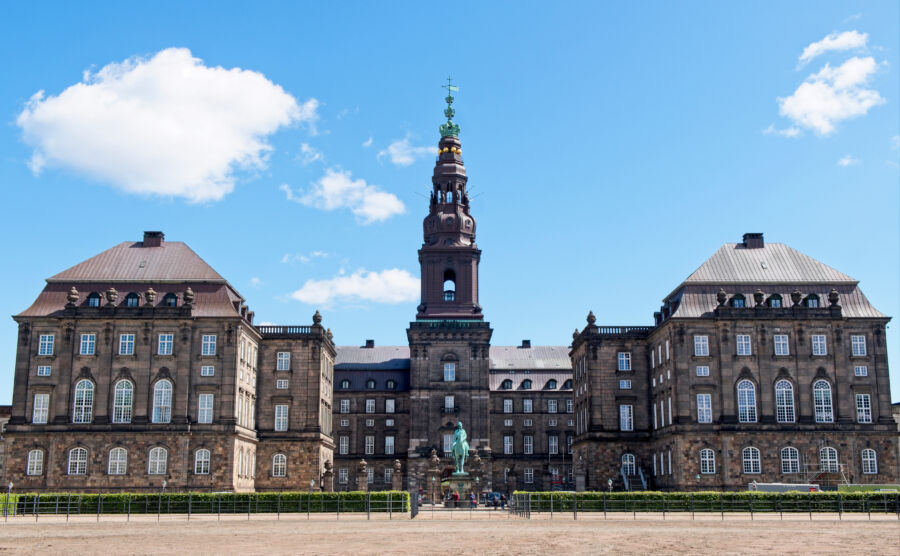
Christiansborg Palace sits at the heart of Danish government and royal ceremonies. The current palace is the sixth version, rebuilt after fires destroyed earlier structures.
The palace complex houses:
- Danish Parliament
- Supreme Court
- Prime Minister’s Office
- Royal Reception Rooms
Helsinki’s Suomenlinna sea fortress, built in the 1700s, earned UNESCO World Heritage status in 1991. It spans six islands and showcases military architecture from three distinct eras.
The fortress protected the city during Swedish and Russian rule. Today, it is a popular cultural site and home to about 800 residents.
Cultural Vibrancy and Artistic Landscape
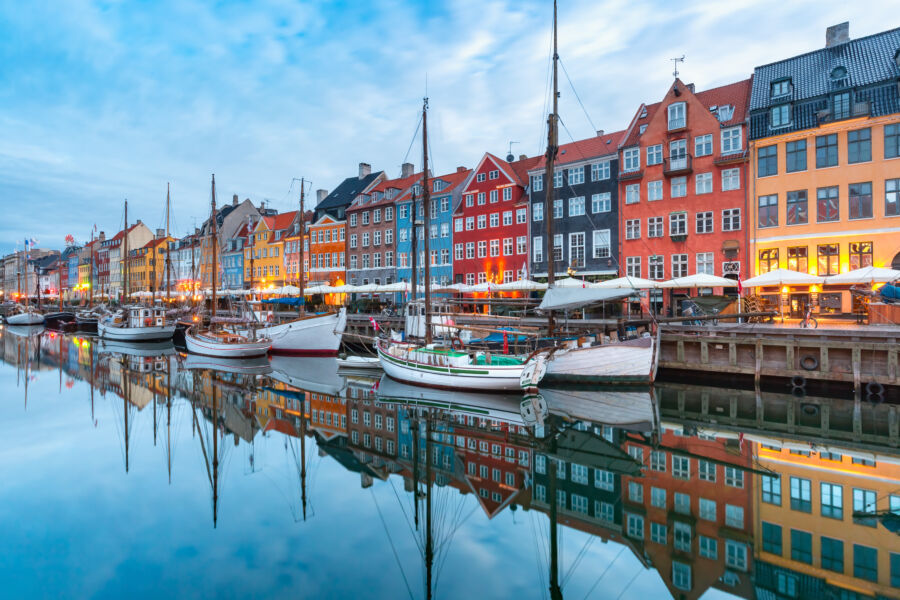
Copenhagen and Helsinki showcase distinct artistic identities that shape their cultural scenes. Copenhagen embraces classical traditions mixed with modern flair, while Helsinki stands out for its cutting-edge design and contemporary art movements.
Art and Museums in Copenhagen

The National Gallery of Denmark houses an impressive collection of European art spanning seven centuries. Its modern wing features Danish and Nordic pieces from the 20th century that tell stories of Scandinavian life.
The Louisiana Museum of Modern Art sits 35 minutes north of the city. Its seaside location creates a unique backdrop for contemporary art exhibitions. Visitors can explore sculpture gardens that blend nature with human creativity.
Street art brightens Copenhagen’s Nørrebro district with colorful murals. Local artists transform ordinary walls into eye-catching displays that reflect Danish society and values.
Helsinki’s Contribution to Art and Culture

The Kiasma Museum of Contemporary Art stands as Helsinki’s modern art hub. Its bold architecture matches the innovative works inside, featuring Finnish artists alongside international exhibitions.
Design Museum Helsinki showcases Finland’s famous design heritage. From Nokia phones to Marimekko textiles, it explains why Helsinki earned the title of World Design Capital.
The city’s art scene thrives in converted industrial spaces. Once a manufacturing plant, Cable Factory now hosts art studios, galleries, and cultural events that draw creative minds from across Europe.
Public Exhibits and Street Art

Helsinki’s Senate Square transforms into an outdoor gallery during summer festivals. Light installations and sculptures pop up throughout the city, making art accessible to everyone.
Copenhagen’s meat-packing district, Kødbyen, mixes street art with gallery spaces. Artists work in former industrial buildings, creating a vibrant atmosphere where visitors can watch art come to life.
Both cities feature tram stops turned into mini art galleries. Local artists design unique shelters that protect from the weather while adding beauty to daily commutes.
Urban Exploration and Attractions
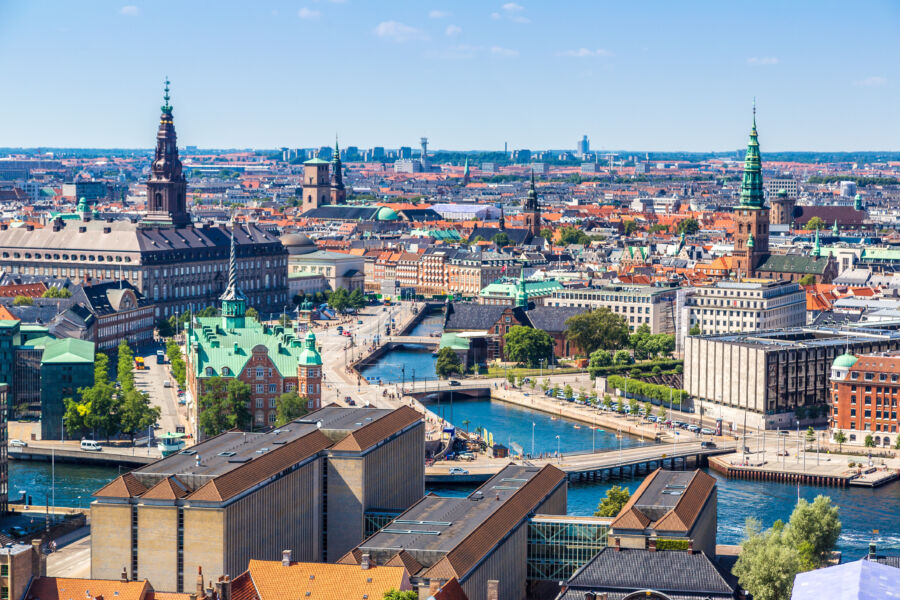
Nordic capitals offer unique urban landscapes with eye-catching architecture, cultural venues, and family activities. The cities mix modern design with historical charm in distinct ways.
Sightseeing in Copenhagen: Beyond the Little Mermaid
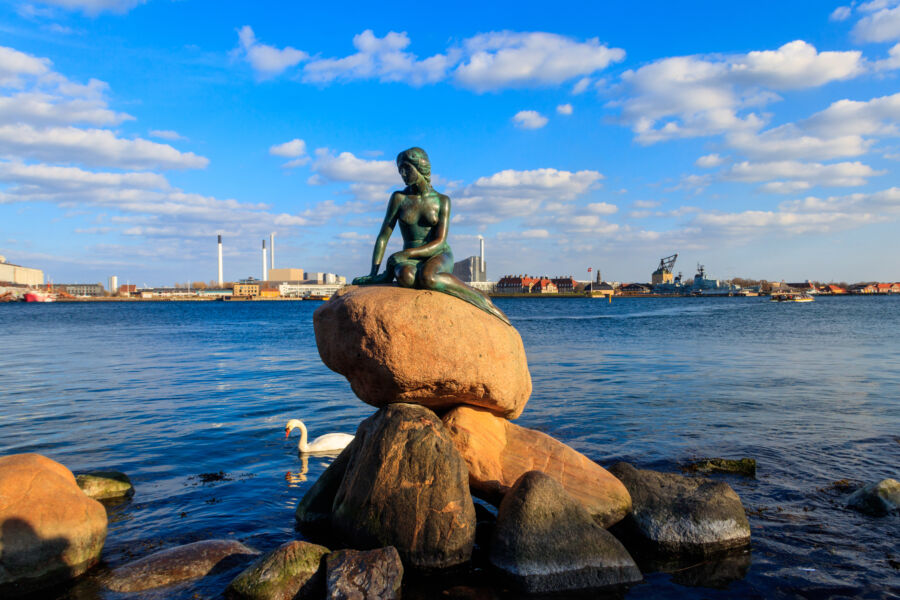
The iconic Little Mermaid statue draws visitors to Copenhagen’s waterfront, but the city offers much more to explore. The colorful Nyhavn district features bright 17th-century townhouses and wooden ships along the canal.
Tivoli Gardens combines amusement rides with beautiful gardens and live entertainment. The park changes its appearance each season, making it worth visiting year-round.
Book your Copenhagen attractions early to avoid long wait times, especially during summer.
The Round Tower provides panoramic city views and houses Europe’s oldest working observatory. Walking or cycling through the medieval city center reveals hidden courtyards and impressive architecture.
Helsinki’s Hidden Gems and Scenic Spots
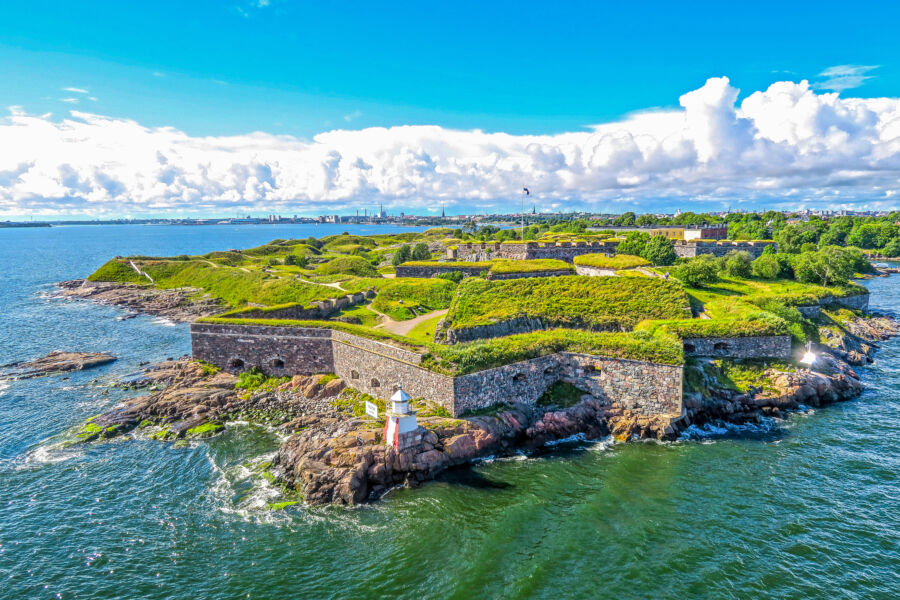
The Senate Square anchors Helsinki’s historic center with its stunning white Lutheran Cathedral. The square hosts festivals and markets throughout the year.
Suomenlinna Sea Fortress spans six islands and offers walking trails with beautiful Baltic views. The UNESCO site includes museums, cafes, and old military buildings.
Design District Helsinki showcases Finnish innovation through boutiques, galleries, and creative spaces. The area perfectly represents the city’s modern artistic spirit.
Market Square buzzes with activity as locals and tourists browse fresh produce, handicrafts, and traditional Finnish foods. The indoor Old Market Hall nearby provides shelter on rainy days.
Family-Friendly Facilities and Attractions

Copenhagen’s Blue Planet aquarium thrills kids with underwater tunnels and touch pools. The Copenhagen Zoo features a unique elephant house designed by Norman Foster.
Helsinki’s Linnanmäki Amusement Park delights families with its wooden roller coaster and over 40 rides. Free entrance to the park grounds makes it budget-friendly.
Both cities maintain excellent children’s museums. The Experimentarium in Copenhagen and Helsinki’s Natural History Museum offer hands-on learning experiences.
Public parks in both cities include playgrounds and picnic areas. Copenhagen’s King’s Garden and Helsinki’s Winter Garden provide outdoor fun in different seasons.
See Related: Best Cities in Europe to Enjoy Winter Without the Crowds
Lifestyle and Leisure Activities

Both cities offer unique ways to experience local culture through shopping, outdoor activities, and natural spaces. Each has its distinct personality that shapes daily life and recreation.
Shopping and Retail Therapy in Stroget

Stroget is Europe’s longest pedestrian shopping street, stretching 1.1 kilometers through Copenhagen’s heart. The street buzzes with activity from early morning until late evening.
Small Danish design boutiques mix with international brands like Louis Vuitton and Gucci. Local shops sell authentic Danish products like Royal Copenhagen porcelain and Georg Jensen silverware.
Street performers and musicians create a lively atmosphere near the main square. The side streets hide cozy cafes where shoppers can rest with a Danish pastry and coffee.
Local Activities and Copenhagen’s Bike-Friendly Paths

Copenhagen’s extensive bike network spans over 350 kilometers of dedicated paths. Rental bikes are available at stations throughout the city.
The flat terrain makes cycling perfect for tourists and locals alike. Many hotels provide bikes for guests, while bike tours offer guided experiences through hidden neighborhoods.
The city’s cycling culture is evident during morning rush hour when thousands of locals pedal to work. Special traffic lights and dedicated bridges make the experience safe and enjoyable.
Engaging the Outdoors: Parks and Nature in Helsinki
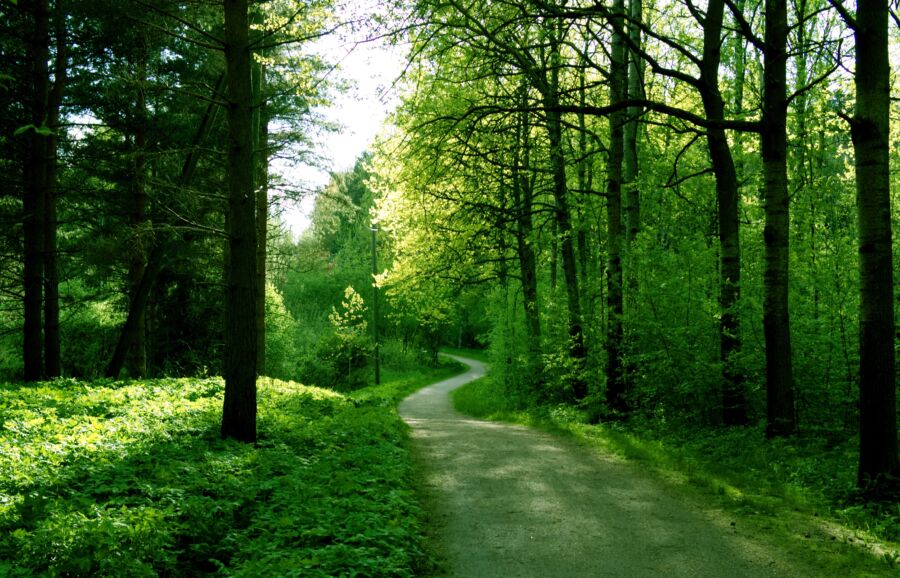
Helsinki’s Central Park covers 10 square kilometers of forests and trails. The park connects multiple neighborhoods and provides hiking, skiing, and bird-watching space.
The city’s coastline features numerous islands accessible by ferry. Suomenlinna Fortress Island offers walking trails with sea views and hidden beaches.
Locals embrace the Finnish concept of everyman’s right, which allows free access to forests for berry and mushroom picking. Even in winter, outdoor activities continue with ice skating rinks and cross-country ski trails.
Public saunas dot the waterfront, where visitors can experience authentic Finnish wellness culture. The famous Loyly sauna complex combines modern design with traditional practices.
Culinary Experiences and Gastronomy
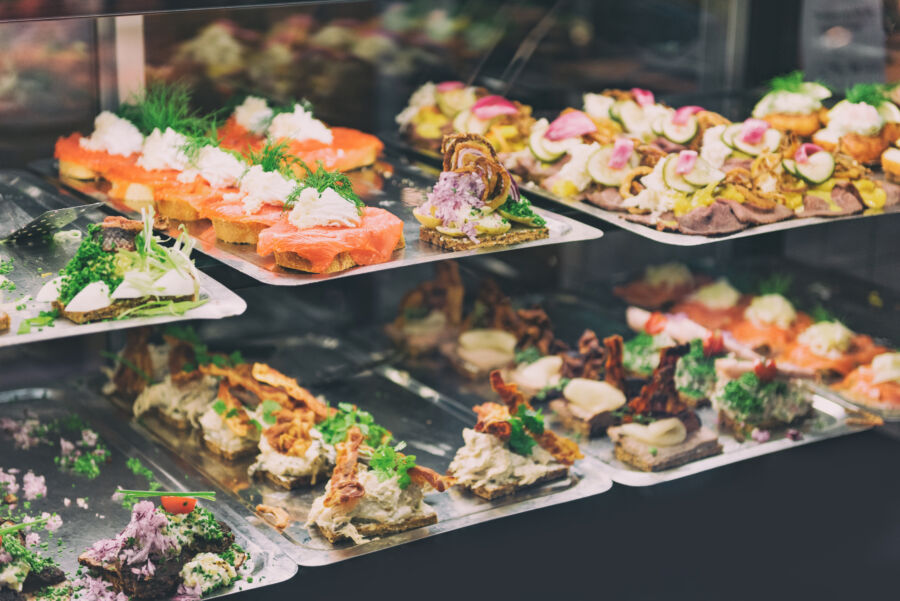
Both cities offer unique food experiences that blend traditional Nordic ingredients with modern cooking techniques. Each city brings its special flavors and cooking styles to the table.
Tasting Copenhagen’s Culinary Delights

Copenhagen’s food scene stands out with its mix of classic Danish dishes and new Nordic cuisine. The city’s restaurants range from cozy cafes to fancy Michelin-starred spots like Geranium.
Traditional Danish foods you can’t miss:
- Smørrebrød (open-faced sandwiches)
- Danish pastries
- Fresh seafood dishes
Food tours let you sample many different dishes in one day. Most tours cost between $150 and $175 and take you through popular food spots in areas like Nørrebro.
The street food scene thrives at Reffen, where over 50 food stalls serve everything from Danish hot dogs to international cuisine.
The Gastronomic Scene of Helsinki

Helsinki puts a fresh spin on Finnish cooking traditions. The city loves using local ingredients like berries, mushrooms, and fresh fish.
Summer brings special treats like “new potatoes” – the season’s first harvest. Local chefs make these simple ingredients shine with creative cooking methods.
Popular Finnish dishes to try:
- Grilled salmon
- Karjalanpiirakka (Karelian pies)
- Wild mushroom soup
- Fresh berry desserts
Many restaurants focus on using ingredients from nearby forests and lakes. This farm-to-table style gives Helsinki’s food a truly local taste.
Local Food Markets and Street Food

Both cities have busy food markets where locals shop for fresh ingredients. These spots give visitors a real look at daily life and local foods.
Helsinki’s Market Square sits right by the water. Vendors sell fresh fish, berries, and veggies depending on the season. The Old Market Hall offers shelter from cold weather while you shop and eat.
Copenhagen’s Torvehallerne market has over 60 stands selling fresh foods, snacks, and drinks. You can grab ready-made meals or buy ingredients to cook yourself.
Street food options are growing in both cities. Food trucks and small stands offer quick, tasty meals that won’t break your budget.
Nightlife and Social Scene
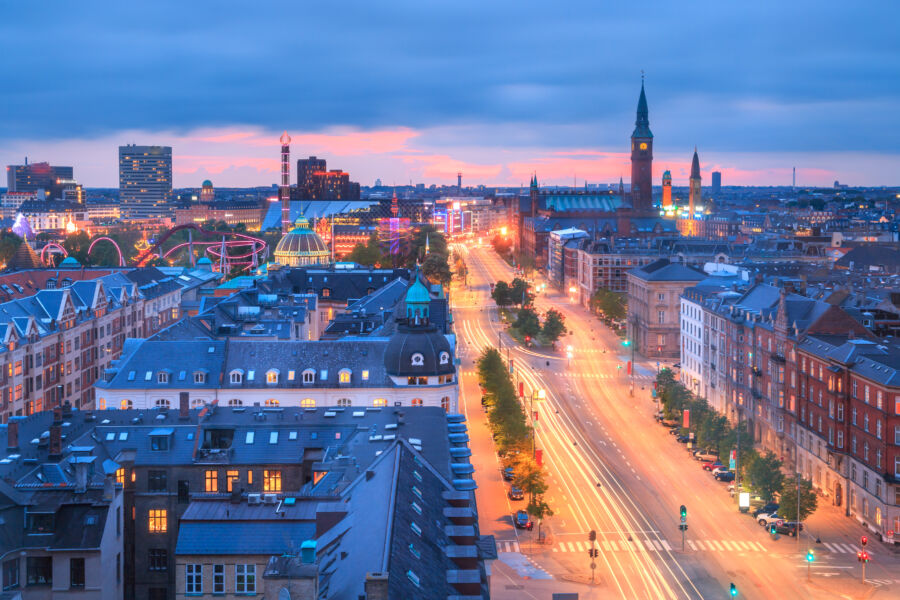
The Nordic capitals offer distinct nightlife experiences shaped by local culture and traditions. Both cities come alive after dark with unique entertainment options that reflect their character.
Exploring Nightlife in Nordic Capitals
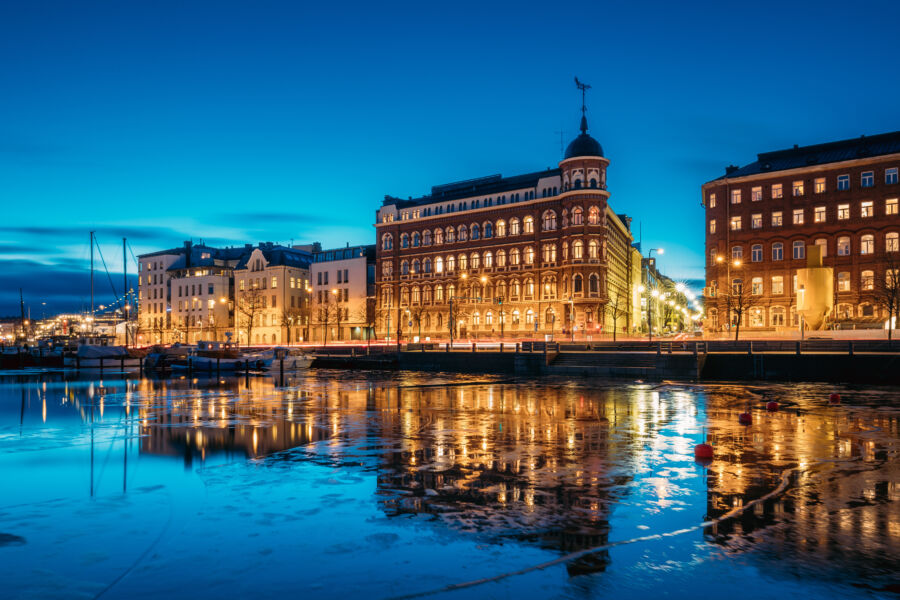
Copenhagen and Helsinki shine as nightlife destinations in Northern Europe. Each city brings its flavor to after-dark entertainment. The social scenes differ in energy and style, giving visitors different experiences.
Bars and clubs in both cities typically open until 3-4 AM on weekends. Cover charges are common but reasonable compared to other European capitals.
In both cities, the drinking age is 18. Year-round, you’ll find a mix of locals and tourists enjoying the nightlife scenes.
Copenhagen’s Vibrant Evening Options
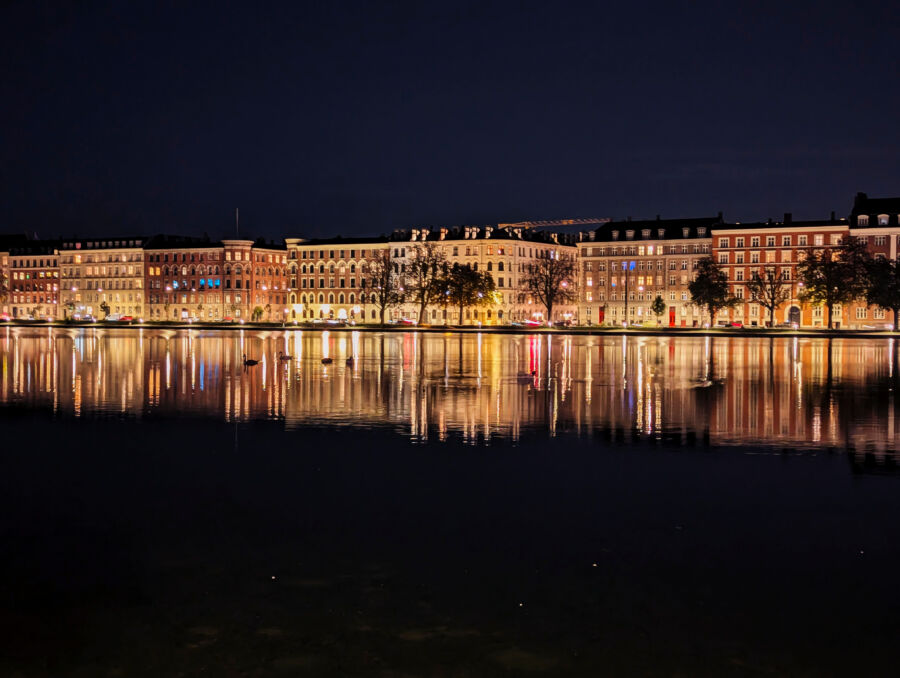
Copenhagen’s nightlife bursts with energy and variety. The Meatpacking District hosts many popular clubs and bars in converted industrial spaces, and live music venues are scattered throughout the city center.
The streets fill with people hopping between bars and clubs until early morning. Dance clubs play everything from techno to pop hits.
Many bars have outdoor seating areas that stay lively even in cooler weather. The Vesterbro and Nørrebro neighborhoods offer trendy cocktail bars and craft beer spots.
Helsinki’s Lively Night Scene
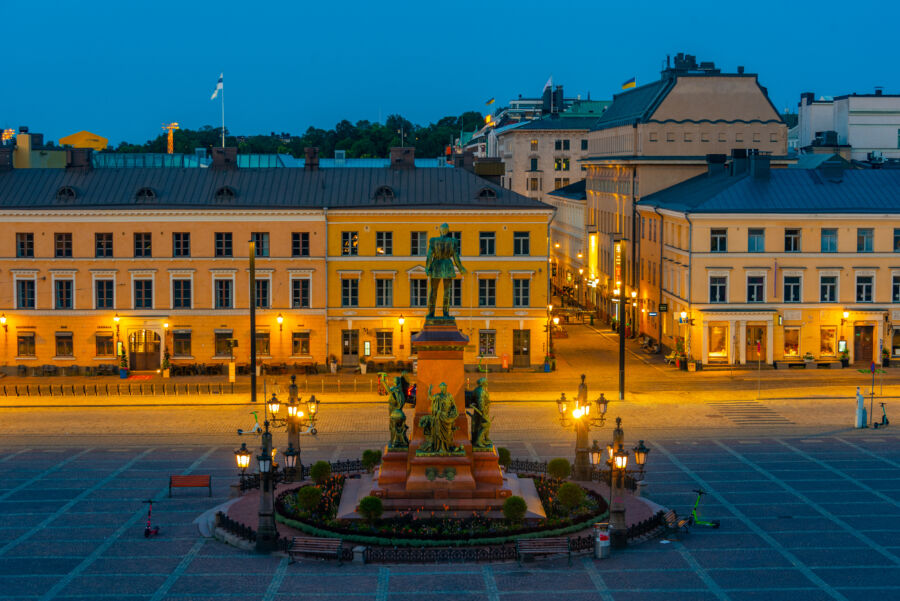
Helsinki takes a more laid-back approach to nightlife. Cozy bars and lounges create intimate spaces perfect for conversation. The Kallio district attracts a young crowd with its casual pubs and late-night cafes.
The city’s club scene centers around Senate Square and the harbor area. Live music venues feature local bands and DJs most nights.
Students bring energy to Helsinki’s nightlife, especially during the academic year. Many spots offer student discounts on drinks and entry fees.
Sustainable Travel and Eco-Friendly Practices

Both Helsinki and Copenhagen lead the way in green tourism practices. These Nordic capitals demonstrate impressive dedication to protecting the environment while creating amazing travel experiences.
Copenhagen’s Green Initiatives
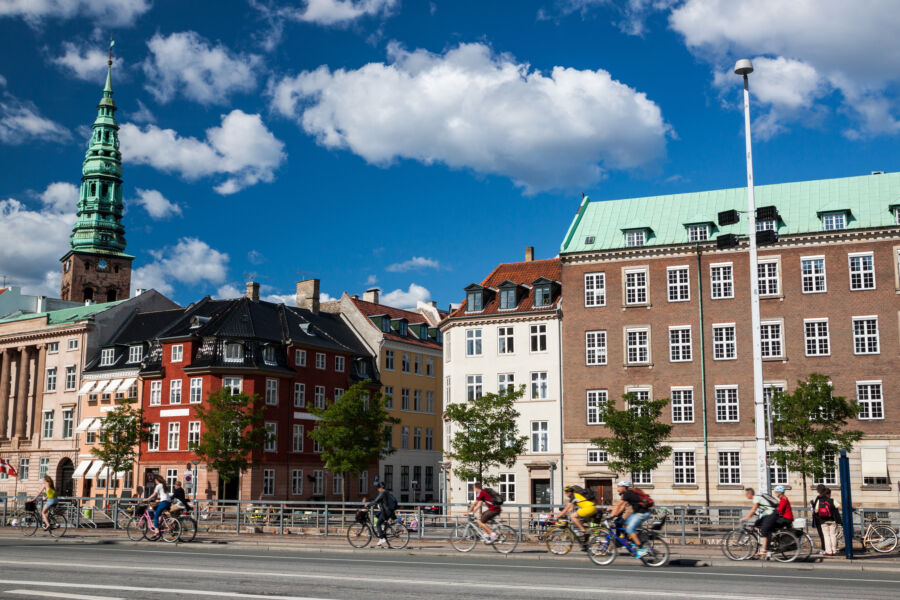
Copenhagen shines as a model green city with its 350-kilometer network of bike paths. Bikes make up nearly half of all trips in the city center.
The city’s beautiful canals aren’t just pretty but are part of Copenhagen’s green transport network. Water buses and eco-friendly canal tours run on clean energy.
Many hotels in Copenhagen have earned eco-certifications. These properties use renewable energy, reduce waste, and serve local organic food.
The city aims to become the world’s first carbon-neutral capital by 2025. Green roofs, urban gardens, and renewable energy projects appear across neighborhoods.
Helsinki’s Approach to Sustainability
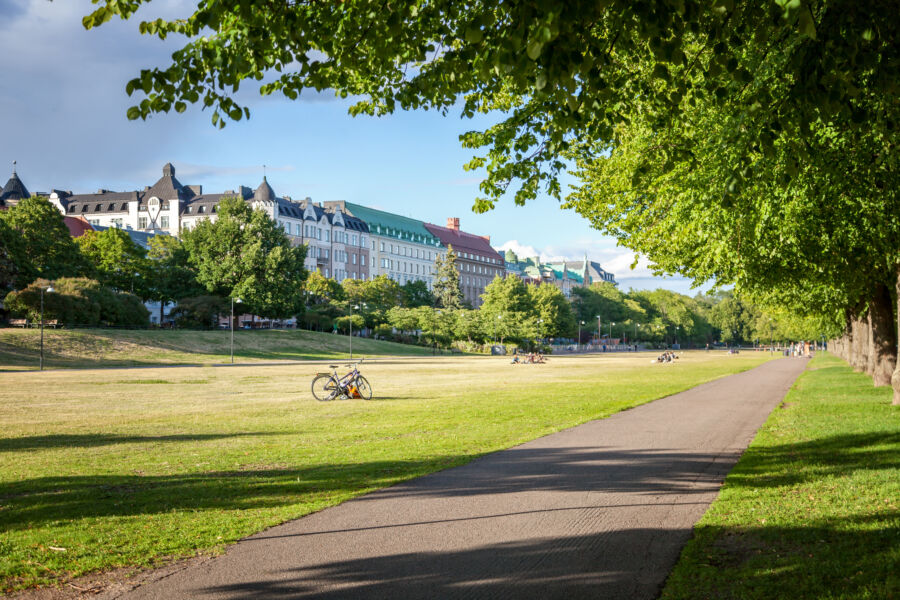
Helsinki claimed the top spot in the 2024 Global Destination Sustainability Index, beating other eco-friendly cities. The city puts sustainability at the heart of tourism planning.
Visitors can explore Helsinki’s green spaces through marked nature trails and guided eco-tours. Local restaurants spotlight Finnish ingredients from nearby forests and farms.
The city will work toward carbon neutrality by 2030. Clean public transport, smart energy systems, and green building standards help reach this goal.
Helsinki’s hotels embrace sustainable practices. Many properties use renewable power, minimize food waste, and offer guests eco-friendly activities like bike rentals and nature walks.
See Related: Most Affordable Summer Destinations
Transportation Systems and Accessibility
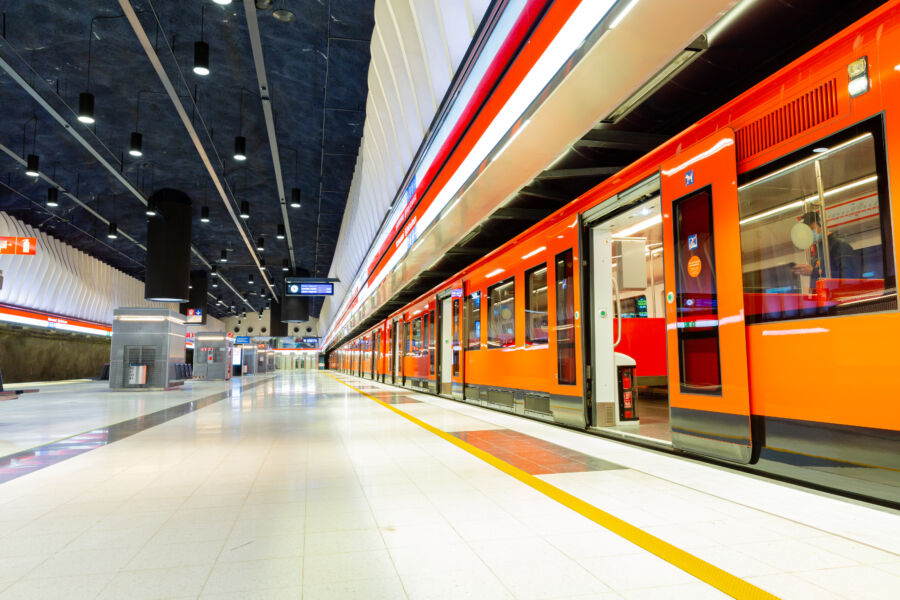
Both Nordic capitals efficiently move people around, with modern transit networks, dedicated bike paths, and walkable city centers. Each city strongly emphasizes sustainable transportation choices that benefit locals and tourists alike.
Efficient Public Transportation in Helsinki

Helsinki’s transit system ranks among Europe’s finest. The city’s metros, trams, buses, and trains combine into one smooth network that runs like clockwork.
Travelers can buy affordable day passes that work across all transport types. The HSL transit card gives unlimited rides on any route, making it simple to zip between attractions.
The metro system connects major districts with clean, modern trains running every few minutes. Bright orange trams weave through downtown streets, offering scenic rides past key landmarks.
Cycling and Walking Routes in Copenhagen

Copenhagen is a cycling paradise with over 350 km of dedicated bike lanes. Visitors can book guided bike tours to experience the city like a local.
The city’s bike-share program lets you grab wheels at hundreds of stations. Rental costs stay low – perfect for exploring at your own pace.
Wide pedestrian zones make walking a joy. The famous Strøget shopping street is 1.1 km long and completely car-free. Clean sidewalks and safe crossings let you easily stroll between parks, shops, and cafes.
Green cycling highways connect outer neighborhoods to the center. These paths stay separated from cars, making biking safe even for beginners.
Cost of Living and Economic Considerations

Living costs vary significantly between these Nordic capitals, with Copenhagen typically requiring a higher budget for daily expenses and housing. Both cities maintain high standards of living despite their price differences.
Comparing Living Expenses: Copenhagen vs Helsinki

Daily life in Copenhagen costs about 28% more than in Helsinki. For the same lifestyle, a person needs around 48,000 Danish kroner monthly in Copenhagen, while Helsinki requires approximately 38,800 kroner.
Rent takes the biggest bite from budgets in both cities. Copenhagen’s apartments cost 25-30% more than similar units in Helsinki.
Food shopping hits wallets harder in Copenhagen, too. Grocery bills are about 25% higher than Helsinki’s prices. A basic restaurant meal with a drink costs around 150 kroner in Copenhagen, compared to 105 kroner in Helsinki.
Budget for Travelers: Daily Costs in Northern Capitals

Smart travelers should plan for higher spending in Copenhagen. A daily budget of 1000-1200 kroner covers basic tourist needs like meals, transport, and attractions.
Helsinki offers better value for money-conscious visitors. Daily costs are 20-25% lower than Copenhagen’s, and budget travelers can get by on 800-900 kroner daily.
Transport costs less in Helsinki. A single metro ticket costs about 25% less than Copenhagen’s equivalent. Taxis also charge lower base rates in the Finnish capital.
Both cities charge a 25% VAT on most goods and services. Travelers from outside the EU can claim VAT refunds on larger purchases.
See Related: Hidden Boutique Hotels in Europe That Redefine Luxury
Frequently Asked Questions

Copenhagen and Helsinki each offer distinct experiences in cost, culture, and city life that make them unique Nordic destinations. Both capitals feature efficient public transit systems, vibrant cultural scenes, and tourist-friendly environments.
What are the key differences in the cost of living between Copenhagen and Helsinki?
Copenhagen tends to be more expensive than Helsinki for dining out and accommodation. A meal at a mid-range restaurant in Copenhagen costs about 25-30% more than in Helsinki.
Daily expenses like groceries and local transport are similar in both cities. Coffee, bread, and necessities cost roughly the same amount.
How do the cultural experiences differ between Copenhagen and Helsinki for travelers?
Copenhagen focuses on Danish design, cycling culture, and historic architecture. The city’s museums showcase Viking history and modern art installations.
Helsinki emphasizes Finnish sauna culture, maritime heritage, and contemporary design. The city offers unique experiences like ice swimming and urban nature trails through its many islands.
What should I expect in terms of nightlife when comparing Copenhagen to Helsinki?
Copenhagen’s nightlife centers around the Meatpacking District and Nørrebro. Bars stay open until 3 AM on weekends. The city has a mix of craft beer bars and dance clubs.
Helsinki’s nightlife is concentrated in the Kallio district. Bars typically close at 2 AM, with select clubs open until 4 AM. The scene features many rock venues and karaoke bars.
Both cities have high English proficiency among locals. Copenhagen’s compact city center makes exploring on foot or by bike easy.
Helsinki offers clear signage in multiple languages and a straightforward grid layout. The tourist information centers provide excellent service in English.
In terms of size and population, how does Copenhagen compare to Helsinki?
Copenhagen is larger, with about 800,000 residents in the city proper and 2 million in the metropolitan area. The city spans roughly 180 square kilometers.
Helsinki has around 650,000 residents in the city and 1.5 million in the metro area. The city covers approximately 215 square kilometers.
How do Copenhagen and Helsinki match up in terms of public transport efficiency and coverage?
Copenhagen’s metro runs 24/7 and connects to all major districts. The S-train network and extensive bike lanes make getting around simple.
Helsinki’s tram system is extensive and reliable. The metro, buses, and ferries to nearby islands create an integrated network from early morning until midnight.


